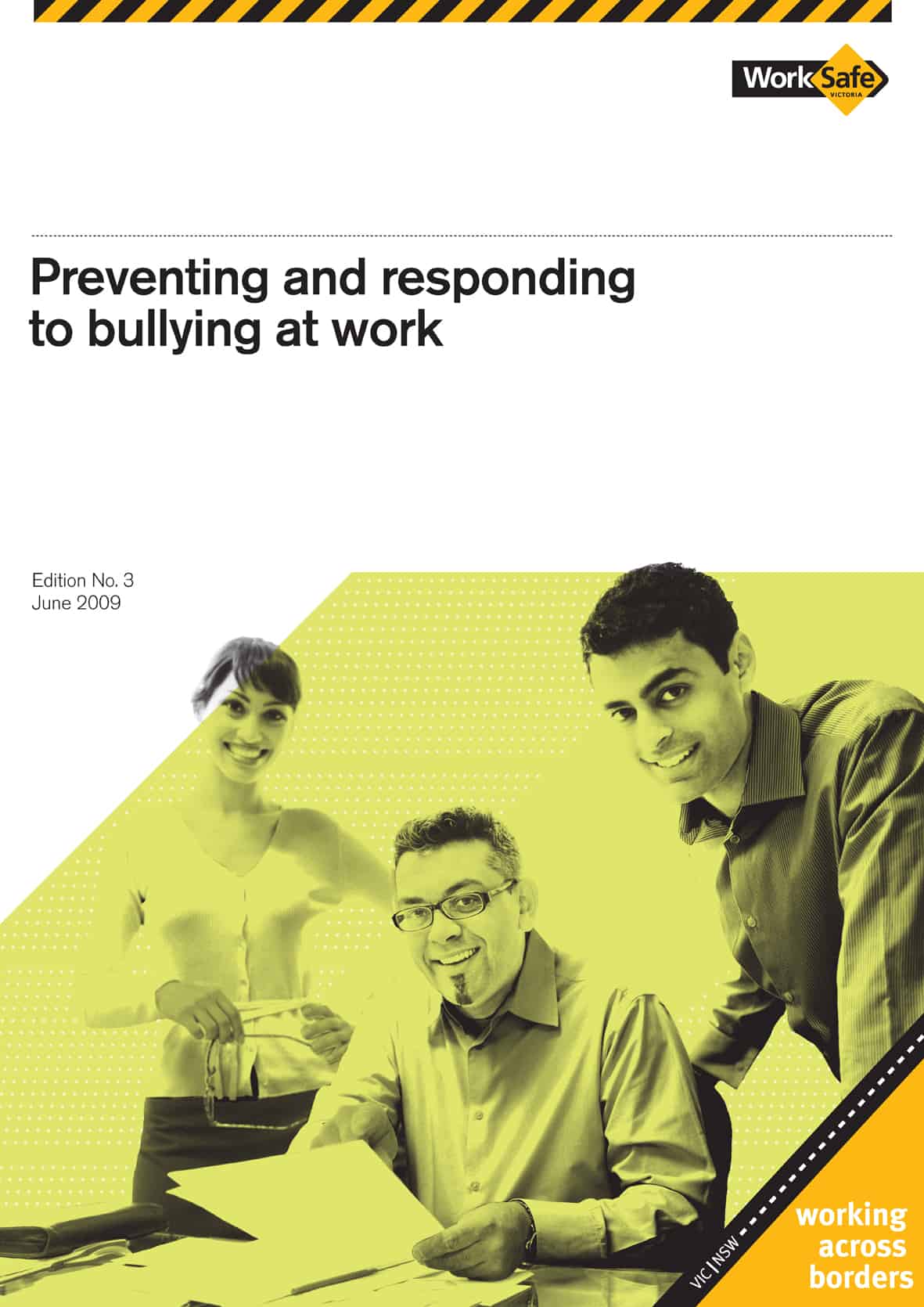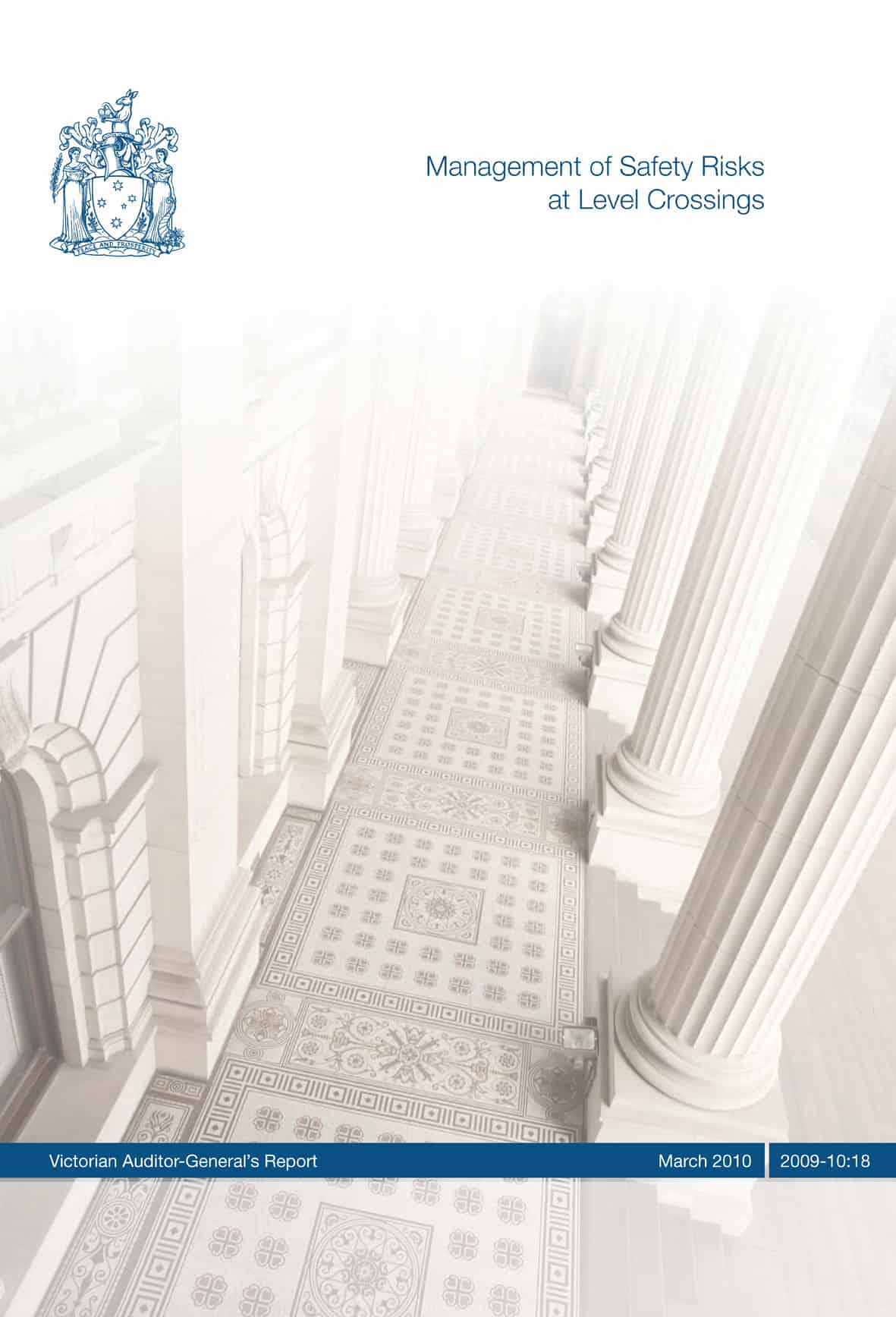On 23 March 2010, SafetyAtWorkBlog questioned the need for so many government-sanctioned OHS awards and noted that there is little overlap between wellness awards and safety awards.
On 26 March 2010, Australia’s Safety Rehabilitiation and Compensation Commission (SRCC) announced a new category in its OHS awards that will
“recognise organisations that promote health and wellbeing in the workplace–long before employees are affected by injury.”
The SRCC is the organisation that looks after the OHS of
“the federal public service, the Australian Defence Force and national companies in the Comcare scheme.”
With the addition of this new category, the SRCC finally has awards that represent the continuum of worker health and safety from prevention to incident to rehabilitation or compensation. Continue reading “How many safety awards are too many?”


